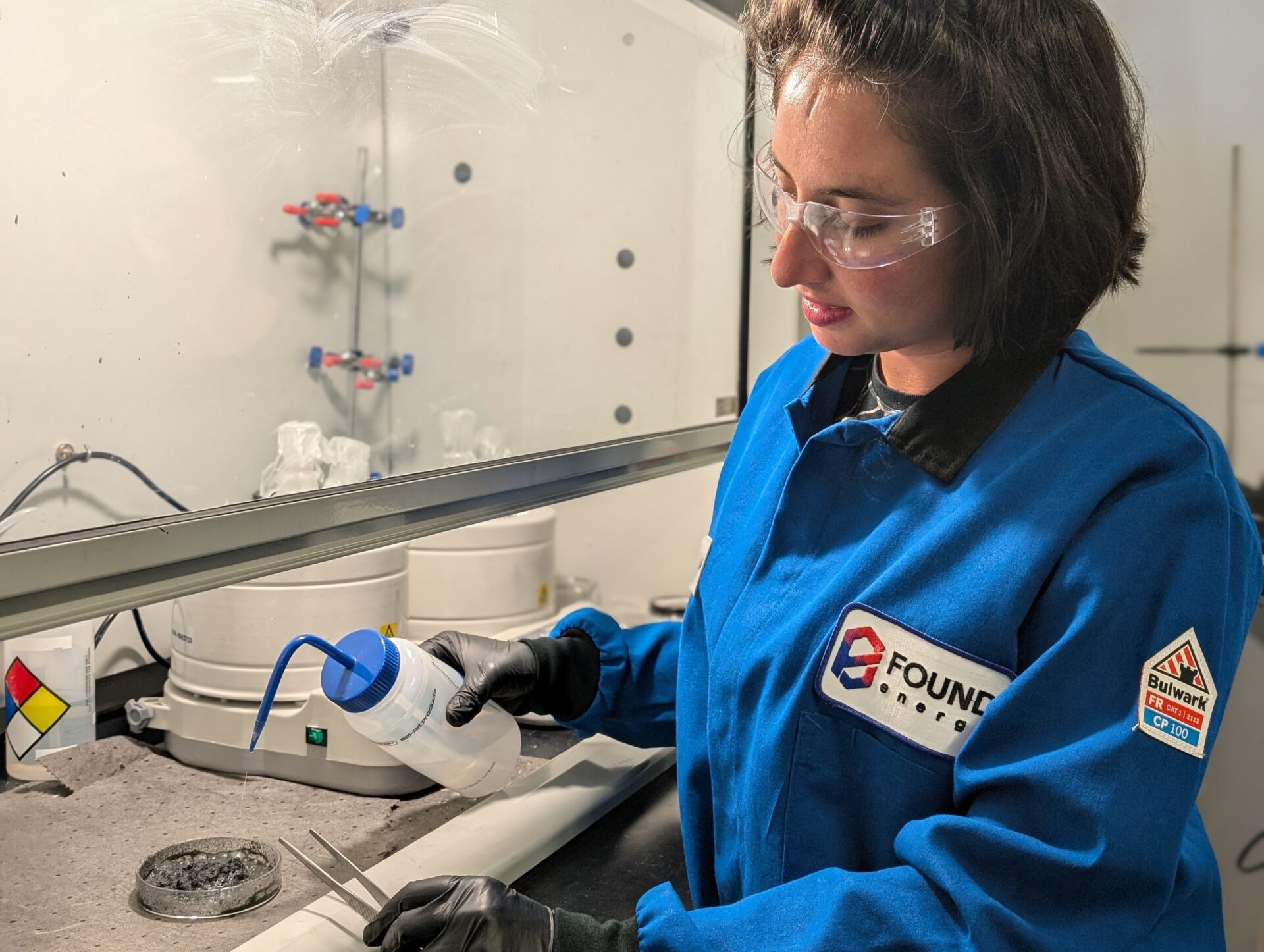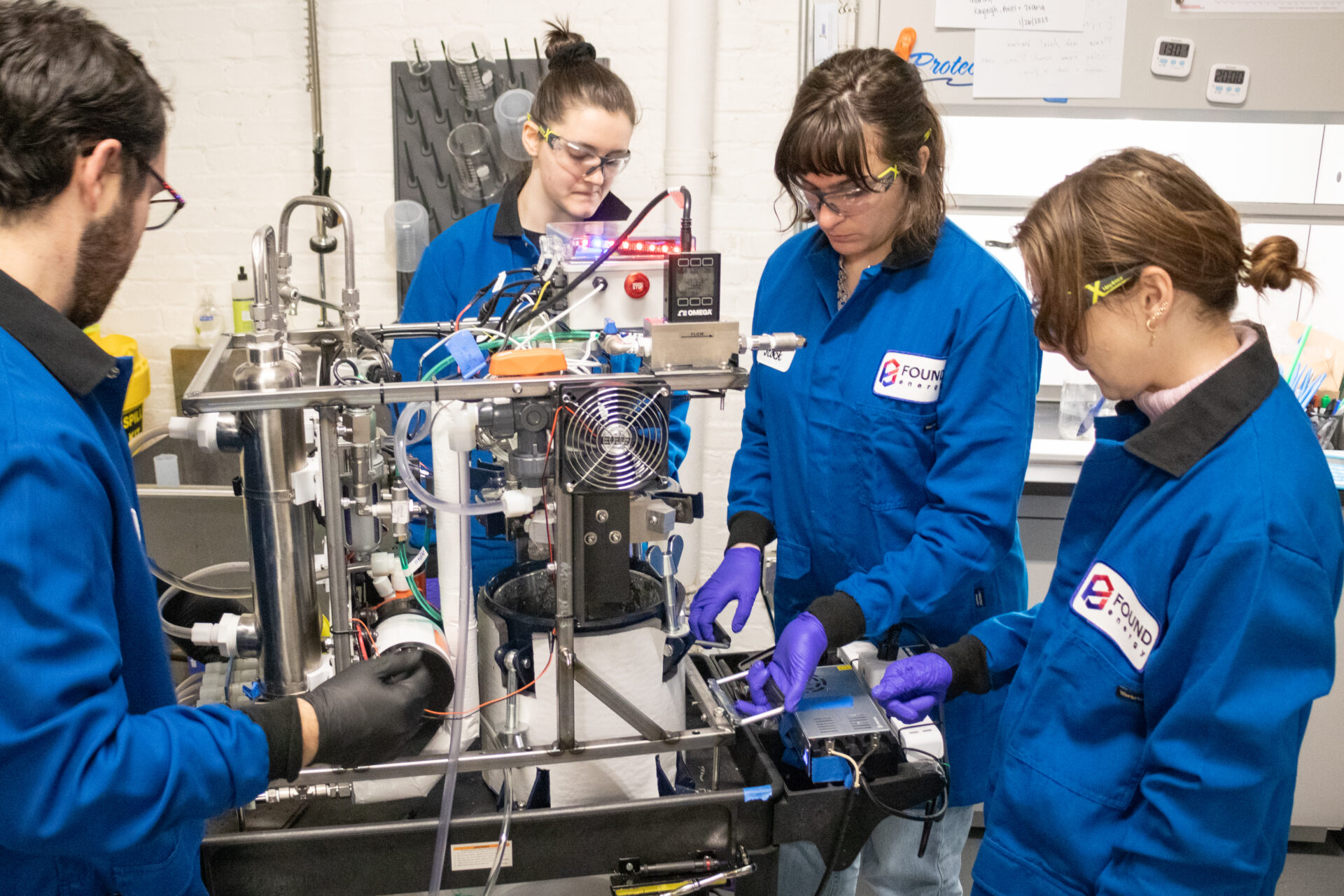Pathways to decarbonization are clearer for some industry sectors than others. While significant progress has been made in energy production and passenger vehicles, heavy industrial sectors like industrial manufacturing, long-haul trucking, and maritime shipping face challenges when it comes to meeting ambitious decarbonization goals without sacrificing productivity and growth.
The opportunity in aluminum
With its versatility, ubiquity, and strength-to-weight properties, aluminum is one of the most widely used materials on Earth. And like other hard-to-abate sectors, emissions from aluminum production have been historically difficult to decarbonize for many reasons, but especially its need for large amounts of uninterrupted heat.
The challenge of decarbonization becomes even more pressing given that demand for aluminum is expected to grow by more than 50% by 2050—a result of the growth and changes across construction, transportation, power transmission, and beyond. Depending on how you scope it, aluminum production accounts for roughly 2% of global greenhouse gas emissions and is primed to become an even larger portion of climate change-inducing emissions in the decades to come.
Given how widely aluminum is used, it should also come as no surprise that much of it ends up in landfills as waste. Even with impressive recycling rates in some markets, two to four million tons of aluminum scrap goes to landfill each year in the US alone, accounting for up to 2% of all municipal solid waste.
What if instead of wasting aluminum, we could turn it into a valuable input for decarbonizing aluminum production itself? And, more broadly, what if we could turn one of Earth’s most abundant metals into clean fuel for use by other industries that are starved for cheap and carbon-free alternatives? The answer might reside in the embedded energy in aluminum.
Why Found Energy?
The Autodesk Foundation is pleased to welcome Found Energy to our Energy & Materials portfolio. Found Energy is a startup on a mission to revolutionize global energy systems with technology that efficiently converts aluminum into heat and hydrogen.
Found Energy’s innovative aluminum-thermal power system offers the first economically viable approach to harnessing energy from the oxidation of aluminum. Found Energy first activates aluminum scrap by coating it with its proprietary catalyst. The system uses a continuous process to react activated aluminum scrap with water. In doing so, Found Energy generates productive on-site energy from the released steam and hydrogen, as well as alumina trihydrate (ATH), a raw material input used in the production of aluminum itself. The result is an upcycling of aluminum into value for aluminum and alumina producers, saving them on operating costs (in reducing energy and ATH inputs), creating more localized supply chains, and reducing reliance on coal, natural gas, and bauxite reserves.
Found Energy estimates that its technology has the potential to reduce emissions from aluminum production alone by 170 million metric tons of CO2e per year.1 At scale, the power system can convert around 120 kilograms of aluminum scrap into 1 megawatt-hour of clean energy—enough to power an average US household for a full month.

Looking beyond, however, Found Energy also enables an exciting paradigm shift in how the economy treats aluminum—not as a metal, but as an energy carrier. Aluminum is two times more energy dense than diesel and ten times more energy dense than liquidized hydrogen. An efficient conversion of aluminum into energy (or energy into aluminum) holds the promise of overcoming the massive barriers holding back today’s heavy industrial sectors from decoupling growth from emissions—issues like needing to build out entirely new production and distribution infrastructure for other zero-carbon fuels.
Our collaboration
In addition to our investment, Found Energy will leverage Autodesk design and make technology, industry expertise and talent, and commercial networks to develop its power system and scale its adoption.
Found Energy plans to train its new team members in Autodesk software and currently uses the AutoCAD Plant 3D toolset to create detailed piping and instrumentation diagrams for its power system designs.

“With the Autodesk Foundation’s support, we are accelerating the scale-up and deployment of our breakthrough low-carbon aluminum fuel technology to the industries and geographic regions that need it the most.”
— Peter Godart, Co-Founder & CEO, Found Energy
Learn more about how Found Energy’s breakthrough low-carbon fuel technology is revolutionizing aluminum production and decarbonizing heavy industry.
1 Found Energy’s technology solution reduces GHG emissions in three ways: 1) It displaces inefficient and energy-intensive processes for disposing of scrap aluminum by instead creating energy from it; 2) It avoids the use of coal and natural gas typically used in aluminum production by utilizing the hydrogen and heat generated from the reaction; 3) It offsets the need for additional virgin mining of bauxite—the primary ore in aluminum—by producing ATH from a waste stream.
